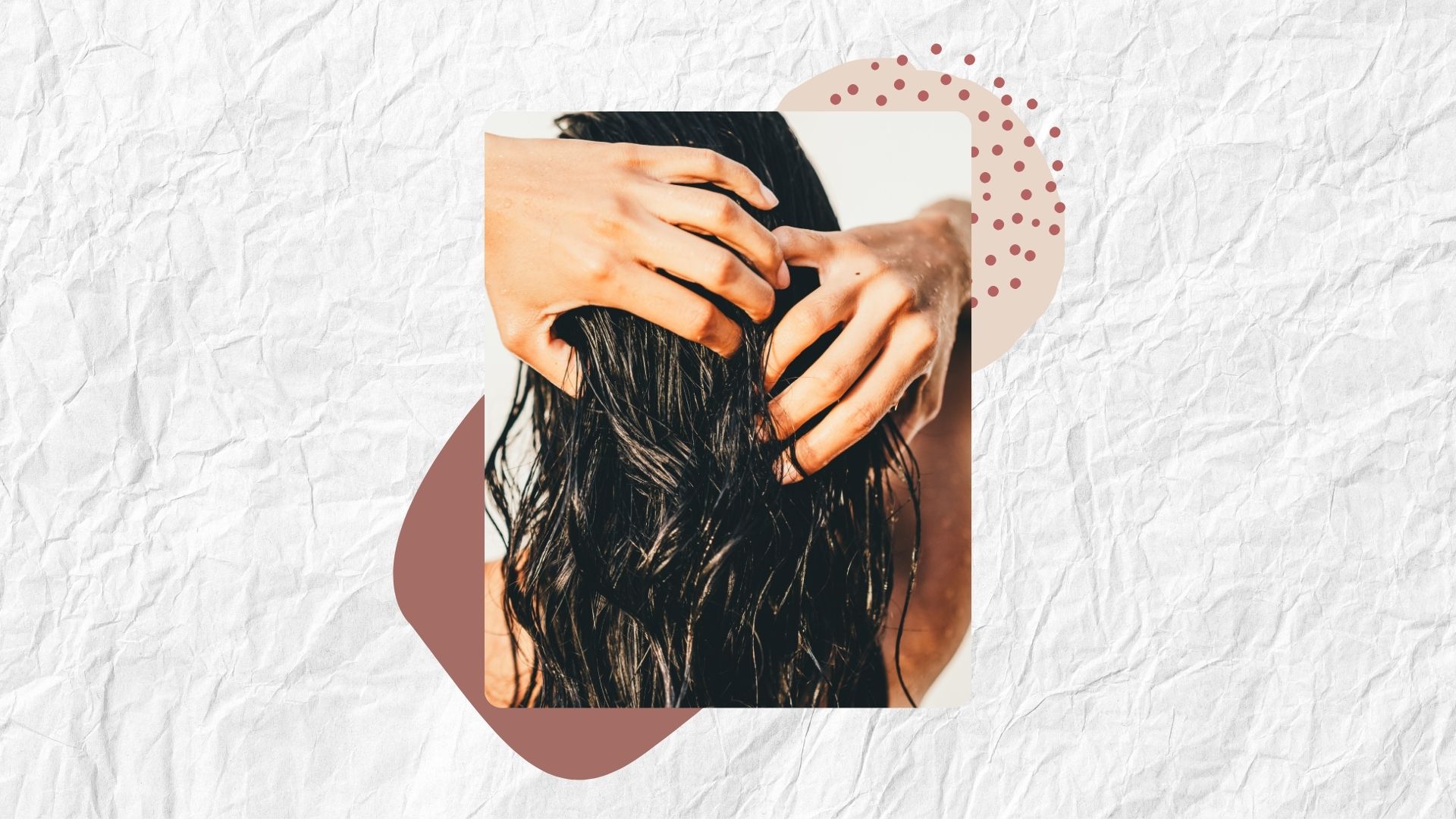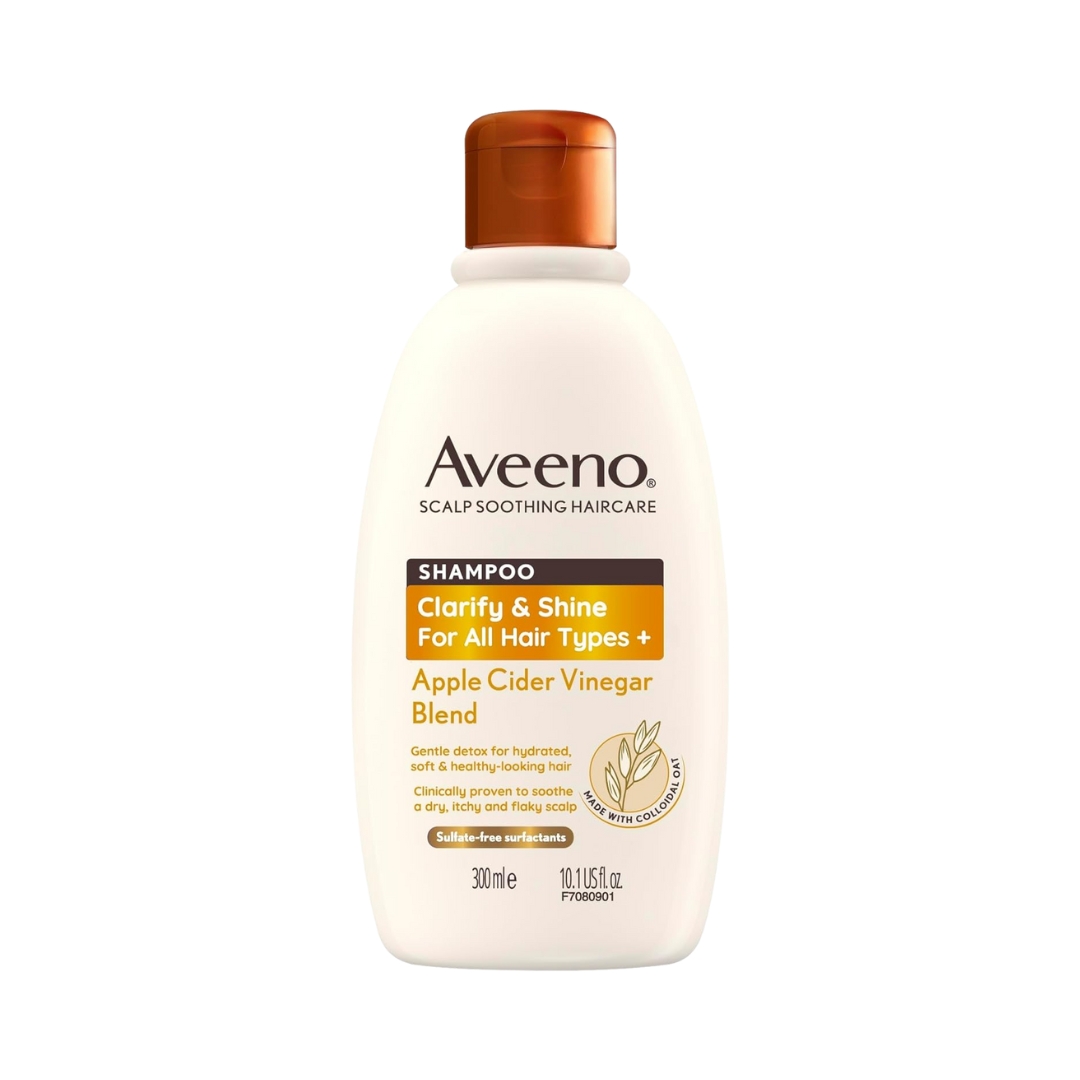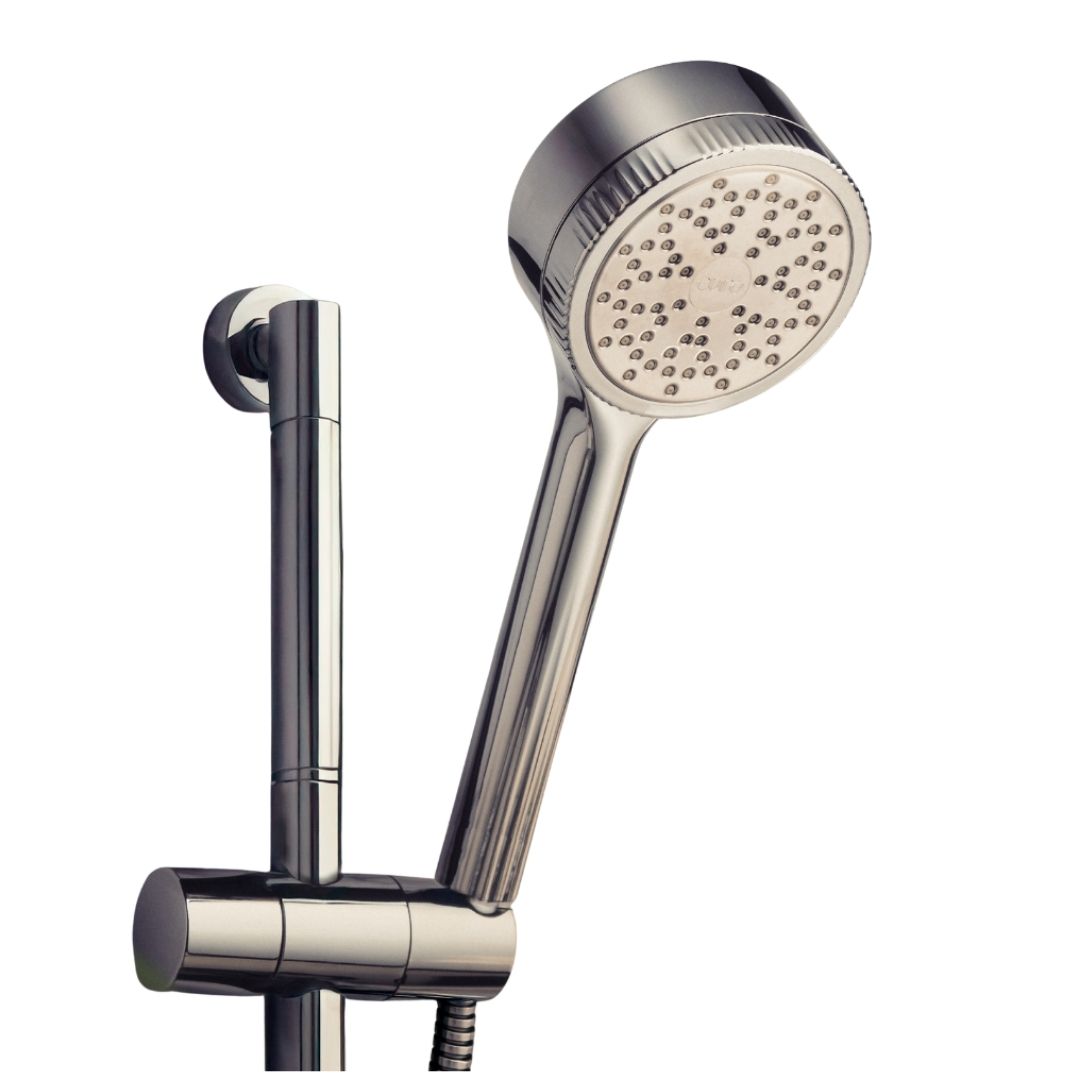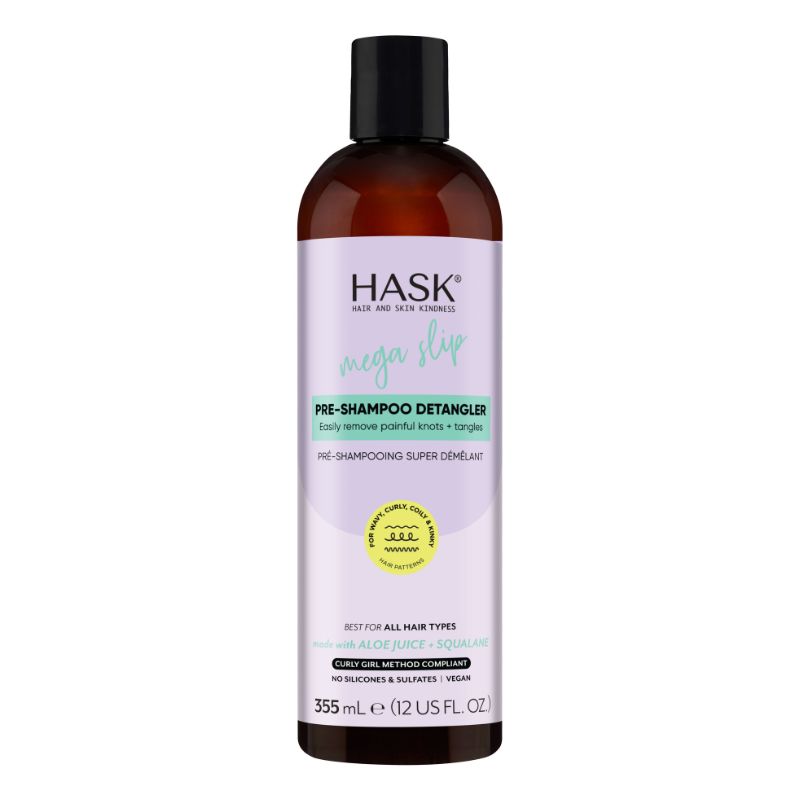8 ways you’re damaging your hair without realising and how to counteract it
Two hairdressers share lesser-known hair health saboteurs - including your handbag


Are you damaging your hair without even realising it? The telltale signs of split ends, prematurely faded colour, and dryness are easy to spot, but working out exactly what’s causing them is much trickier.
There are some things that we know are bad for us, but we do anyway, like eating Nutella with a spoon (no judgment here) or overusing your best hairdryer or best straighteners – because the payoff of smooth hair and a sugar rush is worth it.
What’s really frustrating, though, is when you’re being extra careful, sticking to all of the rules, snacking on apples and slathering on heat protection sprays, only to find that your hair is looking far from healthy.
In that scenario, what’s to blame? We asked two brilliant hairdressers to help us find the unlikely culprits behind your undeserved hair damage and learn how to get healthier hair…
8 ways you’re damaging your hair without realising
1. Not being honest with your hairdresser
Your mum wasn’t wrong when she told you that honesty was the best policy. Not being upfront with your hairdresser about past hair treatments can end in disaster.
“When a hairstylist asks what you’ve had on your hair previously, we’re not trying to catch you out or tell you off,” explains pro hairdresser and educator Chlöe Swift. “The risk of applying something on top, which could have a chemical reaction with something underneath, is something we need to be aware of. Otherwise, this is when you might see your hair quite literally frazzling or turning into chewing gum.”
Even if it’s not quite this dramatic for you, you could still find that your hair is drier or more fragile than it should be.
Sign up to our free daily email for the latest royal and entertainment news, interesting opinion, expert advice on styling and beauty trends, and no-nonsense guides to the health and wellness questions you want answered.
2. Applying too much protein
Protein treatments that contain keratin (the protein our hair is made from) are brilliant at repairing damage, but “overusing them can make the hair feel brittle and more prone to snapping,” explains Nicole Deathridge, Junior Colourist at Nicola Clarke Salon.
“Alternate the number of times you’re using hair masks and treatments, and make sure you’re conditioning your hair as usual between using them. Ideally, once or twice a week, depending on how often you wash your hair.”
3. Going to sleep with wet hair
Life is busy, and blow-drying your hair before bed, or if you have curly hair, letting it totally air-dry, can be difficult to fit into your day. But unfortunately, “going to bed with wet hair can cause breakage when rubbing on your pillow and moving around in your sleep,” explains Swift.
If you sleep on your side, you might even find that the damage is more pronounced on one side than it is the other. The best thing to do is “avoid going to bed with wet hair, and use a silk bonnet or the best silk pillowcase to help reduce friction and prevent breakage.”
4. Brushing your hair when it’s wet
“Wet hair is fragile and stretches easily, making it more susceptible to snapping,” warns Deathridge. “Invest in a good detangling brush, or use a wide-tooth comb instead of a brush with hard, densely–packed bristles. Spray your hair with a leave-in conditioner and work your way up the hair instead of down to help with tangles.”

RRP: £11.95
Not only will this comb look lovely on your dressing table, it's also a dab-hand at carefully detangling wet or dry hair.

RRP: £15
If you're experiencing hair loss or are finding that your hair is particularly fragile, this is a worthwhile investment. The teeth are widely spaced for zero snagging.
5. Using tools that are too hot
Not all straighteners are created equal, and their temperatures can vary wildly depending on the brand and whether they’re designed to be the best straighteners for thick hair or fine hair. If you’re not sure what temperature yours are, it’s worth checking.
“It’s been proven that for damp hair when drying, temperatures should not exceed 150ºC, and for heat styling dry hair like curling and straightening, temperatures should not exceed 190ºC,” says Swift. “Any higher and this will cause long-term damage where the structure of the hair will break down.”
6. Exposing it to hard water and chemicals
Deathridge is the hair wizard behind Claudia Winkleman’s colour, so she knows a thing or two about how to maintain a glossy finish. She told us that “pollution, chlorine, hard water and minerals in your water can strip moisture and roughen the hair’s surface."
"Invest in a water filter or rinse your hair with fresh water when washing it. If you swim, use a swim cap or rinse thoroughly after being in water with high chlorine levels. Clarifying cleansing shampoos can also help to cleanse the hair afterwards.”

RRP: £7.99
Apple cider vinegar is renowned for its rebalancing qualities (hence why the A-list drink it with their breakfast), working brilliantly to remove unwanted chemicals from your hair.

RRP: £80
The winner of our 2025 woman&home beauty award for skin health, this shower head is brilliant for your hair too. It removes 99% of chlorine and heavy metals from your water for a healthy, frizz-free finish.
7. Tying your ponytail too tightly
A slicked-back look might be incredibly chic and rather flattering in a faux facelift kind of way, but beware, these styles are bad news for your hair – especially if you’re using narrow elastics.
“Avoid tight, scraped-back hairstyles daily or back-to-back,” suggests Swift. “Once or twice a week is fine, but changing up the position of these is vital so the hair isn’t always secured in the same place each time.”
Constant tension can lead to traction alopecia around the hairline, and too-tight bands can cause breakage. “For hair-up days, introduce looser up-do styles like braids or twists with clips, and if you must go for a very tight pony, use silk scrunchies instead of elastics,” Swift adds.
8. Catching it with your handbag
Our poor hair is at risk of unlikely damage even when you’re out and about – especially if you carry a handbag. “Hair can be snagged on the straps of shoulder bags,” says Deathridge. “Be wary of where your hair is when you put your bag on your shoulder.”
If you want to be extra cautious, you might want to consider putting your hair up in a clip when you’re travelling from A to B.
Jess Beech is an experienced fashion and beauty editor, with more than eight years experience in the publishing industry. She has written for woman&home, GoodtoKnow, Now, Woman, Woman’s Weekly, Woman’s Own and Chat, and is a former Deputy Fashion & Beauty Editor at Future PLC. A beauty obsessive, Jess has tried everything from cryotherapy to chemical peels (minus the Samantha in Sex and The City-worthy redness) and interviewed experts including Jo Malone and Trinny Woodall.
You must confirm your public display name before commenting
Please logout and then login again, you will then be prompted to enter your display name.


